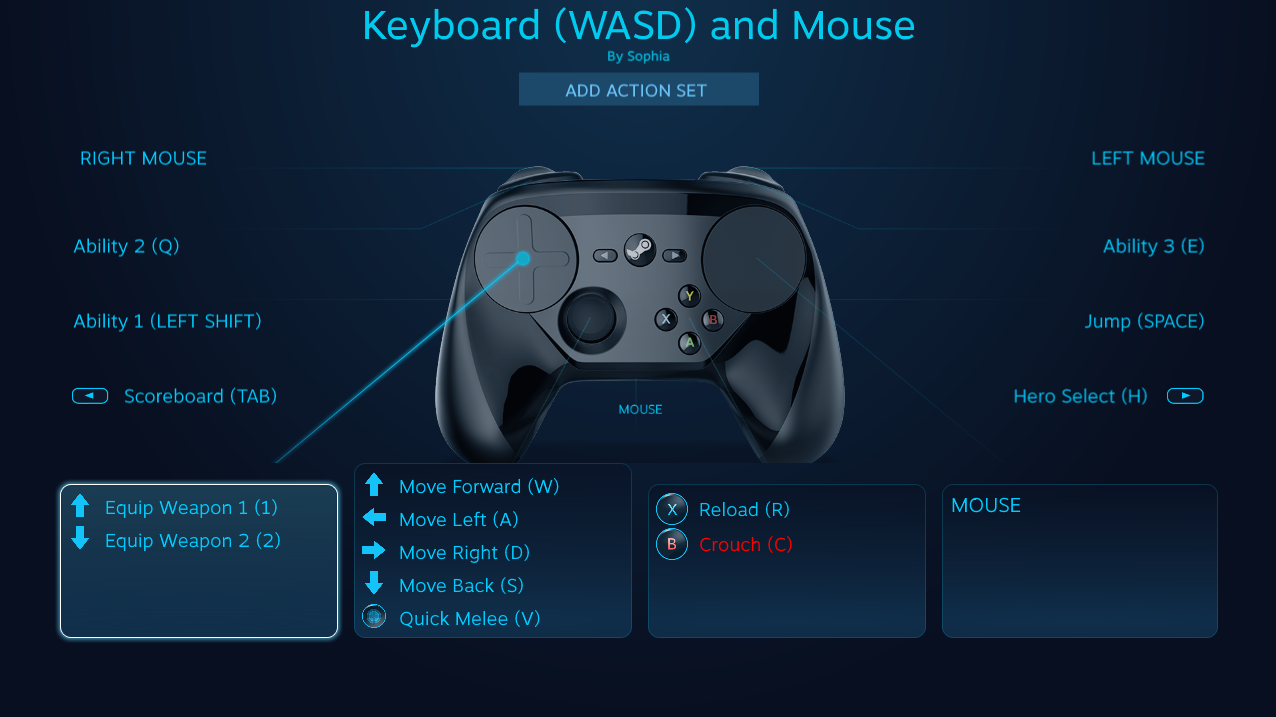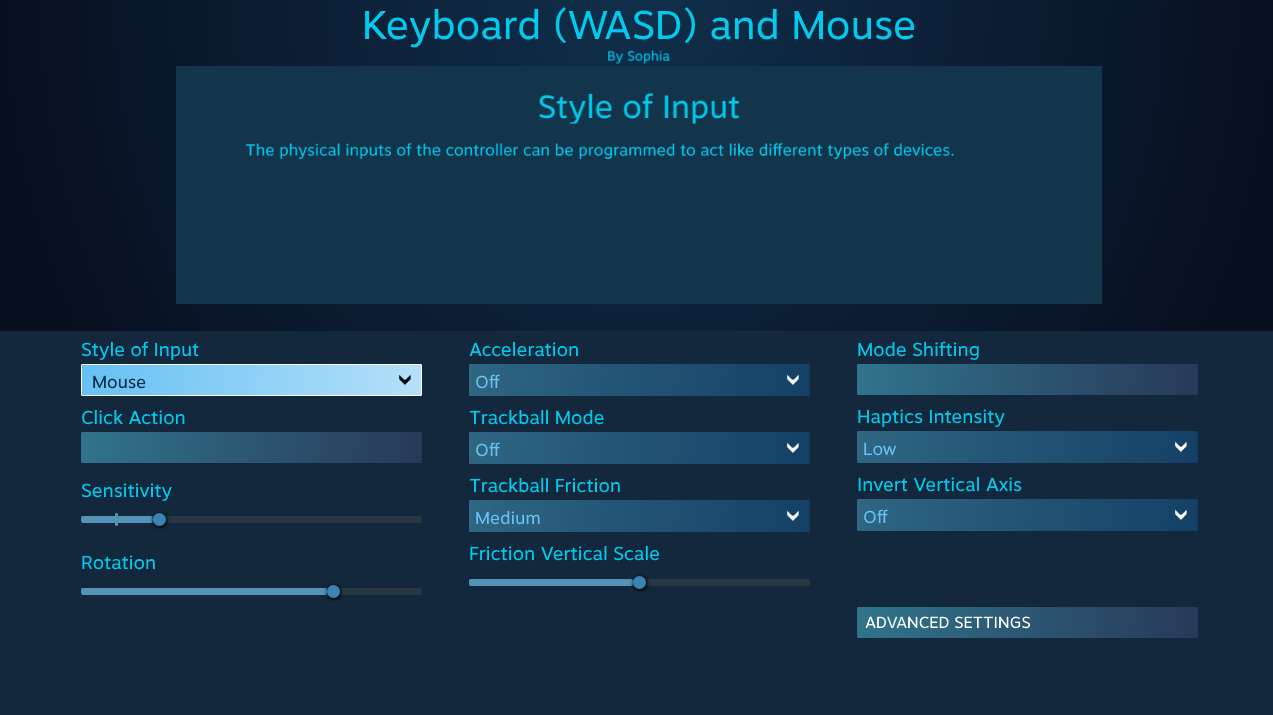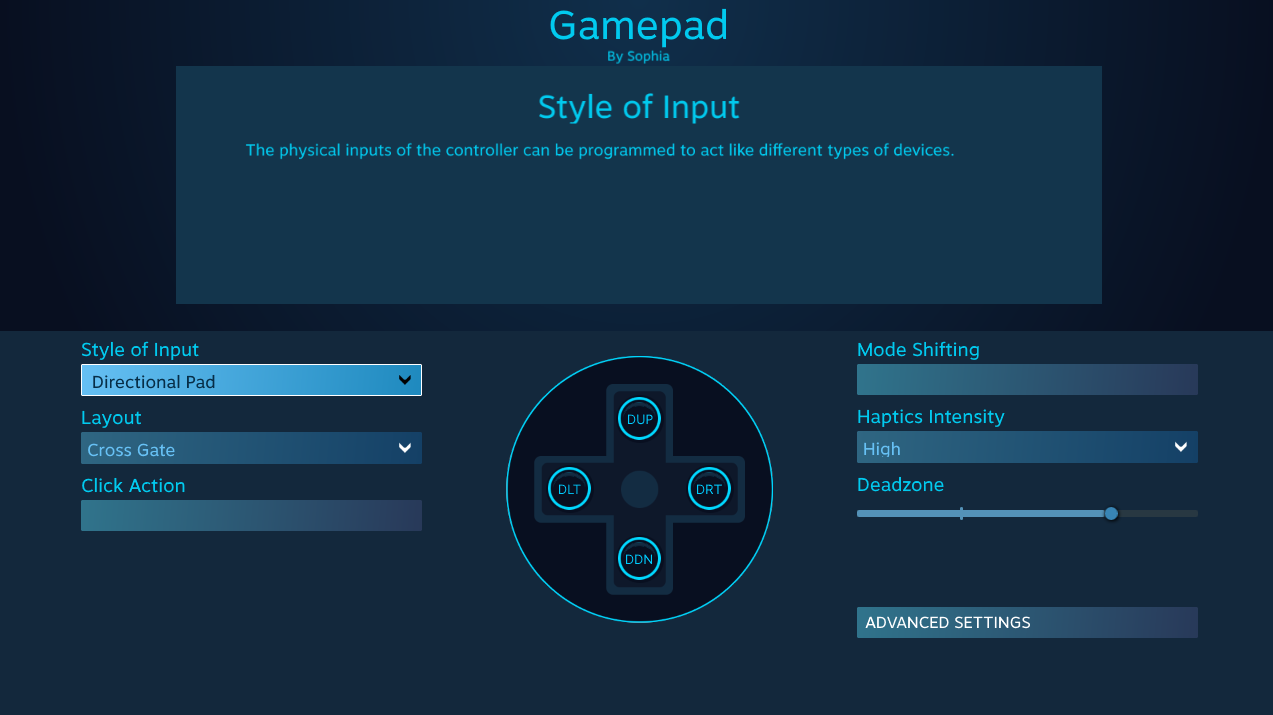I think the primary difference is, while the haptic motor in the Steam controller does a great job providing feedback on where your fingers are on the pads (I think of it zeroing in on fingers like currents in a plasma globe), it does not give any feedback about directionality of movement through rumble. With a normal vibration motor, you get a sense of push and pull and shifting weight, and the rumble typically syncs with a game to create a more natural sense of action. If you're playing a racing game, and you hit a barrier on your right side, a vibration motor gives you a sense of that drag. It puts more emphasis on certain areas, and performs different motions for different situations. The Steam controller just shakes. So you don't get that sort of individualized feedback. Where another controller might tell you, "you're balancing during a minor earthquake, while rifle fire whizzes past your headone bullet on your left, two on the right; a grenade," the Steam controller says, "a thing happened." It offers no nuance. It trades the brush strokes of an artist for finger paint on a man with no hands.
I gotta disagree with a lot of this. Playing Dirt 3 with the haptic rumble was damn near revelatory. I felt like I could actually feel the weight of the car shifting from front to back and side to side through the controller. With rare exception, traditional rumble just feels like very basic low/medium/high settings depending on whether you hop off a small cliff, get hit by a car or are in the middle of an explosion (as examples). I've never experienced the nuance in traditional rumble that you seem to have.




